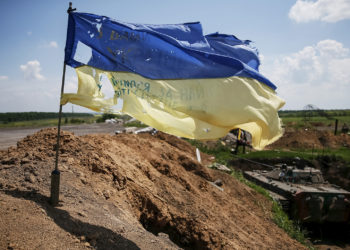Whiskey on the Rocks: That Time Sweden Nearly Went Viking on the USSR

On the night of 27th October, 1981, a Soviet “Whiskey-class” Submarine S-363 ran into an underwater rock while in Swedish waters and was forced to surface. Unfortunately, the vessel found itself firmly stuck well inside Swedish territory. This incident was exacerbated by the fact that the vessel was less than seven miles away from one of Sweden’s largest naval bases at Karlskrona, which was hosting naval exercises at the time. You can probably guess why the S-363 was there in the first place.
Unplanned Encounter
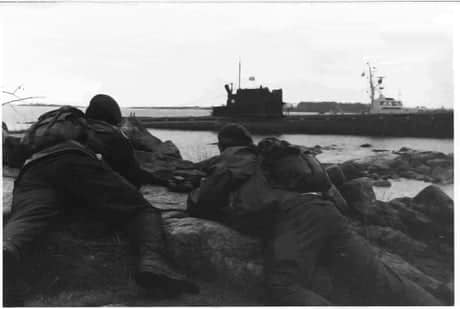
Needless to say, nearby residents were shocked to see a Soviet submarine on their shoreline and contacted the nearby military base. A Swedish officer actually managed to climb on board the S-363 unarmed and meet with the vessel’s commanding officer. The Soviet captain claimed that the ship had suffered numerous failures with their navigation systems and they were there by accident. Even though the route the vessel had to take to reach where it did would require functional navigation equipment and a sonar system.
Needless to say, the Swedish government was none too happy about this blatant violation by the USSR. Soon, the submarine and its crew found themselves surrounded by members of the Swedish armed forces. The Soviet government, wanting to save face and not admit they were spying on the Swedish, said that the submarine had been forced into Swedish waters due to “Severe Distress,” only to “accidentally” run aground just 6 miles away from a naval base. No one (other than the Soviets) bought that explanation at all.
The Standoff
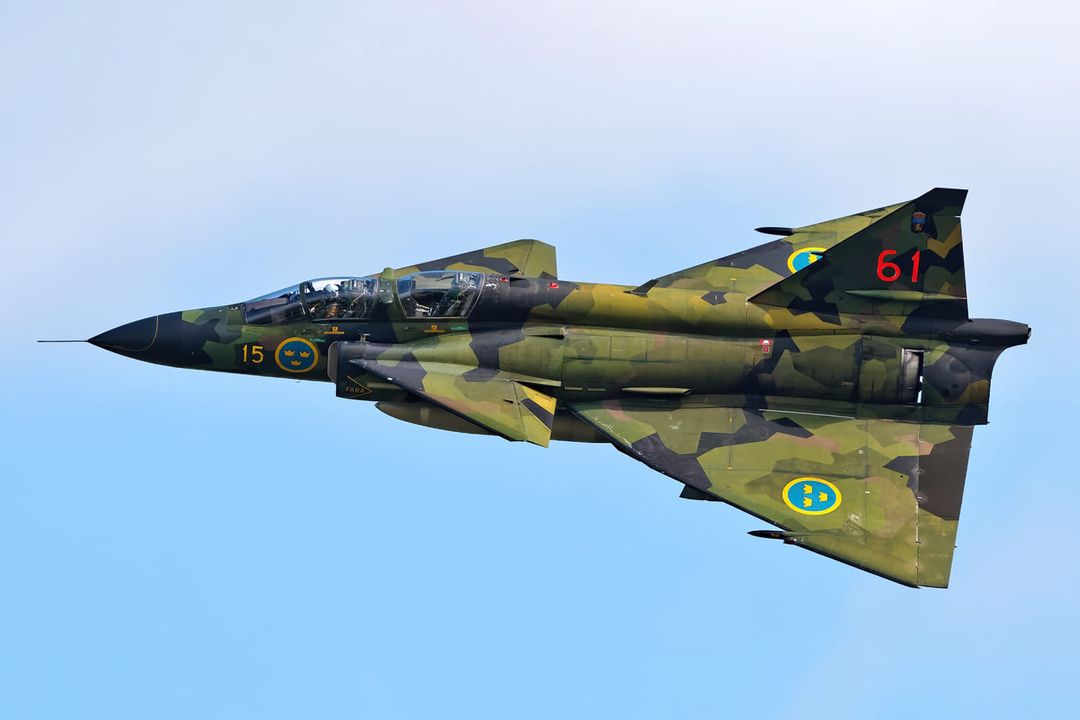
It also didn’t help that despite being clearly in the wrong, the Soviets still claimed that it was all an accident and the ship had run aground on the 28th, even though it was found on the 27th. Seeing that the submarine was in their territory and near their naval base, the Swedes decided to claim salvage rights and were willing to claim the Soviet vessel as their own. This finally forced Moscow to admit that the submarine had violated Swedish waters and was indeed spying on the naval exercises.
The Swedish government decided to investigate the incident, which involved Swedish naval personnel boarding the vessel, examining the instruments, and reading logbooks. During this investigation, it was discovered that the S-363 was carrying nuclear weapons, which did not sit well with the Swedish at all.
Preparing for Conflict
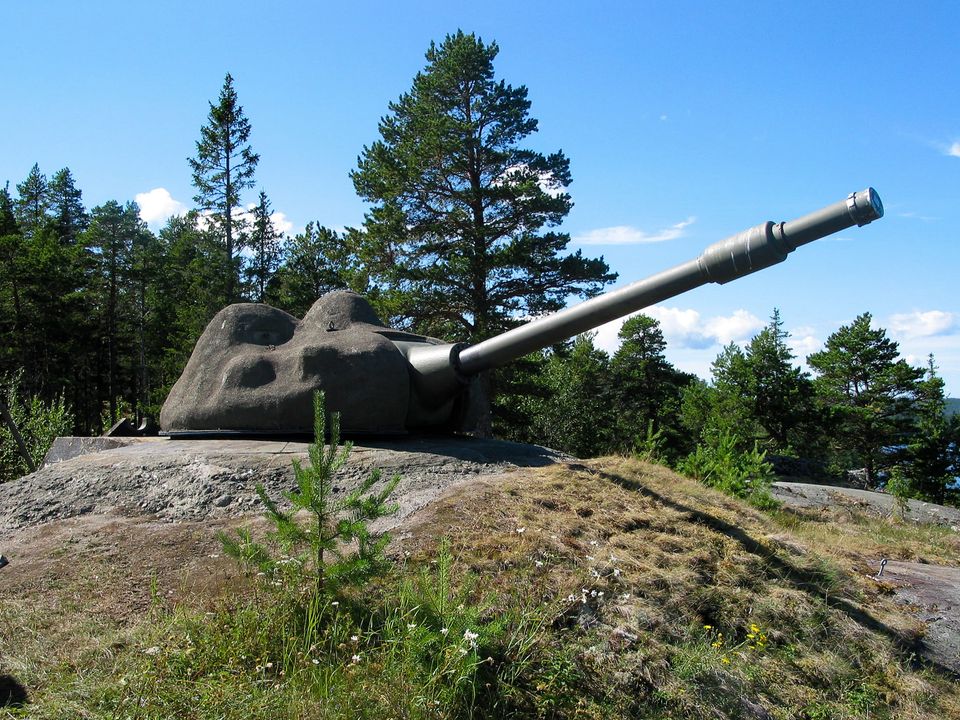
Logically, the Soviets could have admitted fault, taken the blame, maybe paid a sum of money, and just lived with the fact that they had messed up. Instead, the Soviets dispatched a naval task force of 12 ships to head into Swedish territory with orders to take back their submarine by force.
Now while Sweden was not a significant power compared to other Western European nations, their military was very modern and geared around the idea that if war were to come, they would be fighting the Soviets. Their battle plan involved mobilizing the entire nation to make the Soviets pay in blood for every inch of Swedish territory they took. So you can imagine just how the Swedes reacted when they saw Soviet warships heading their way.
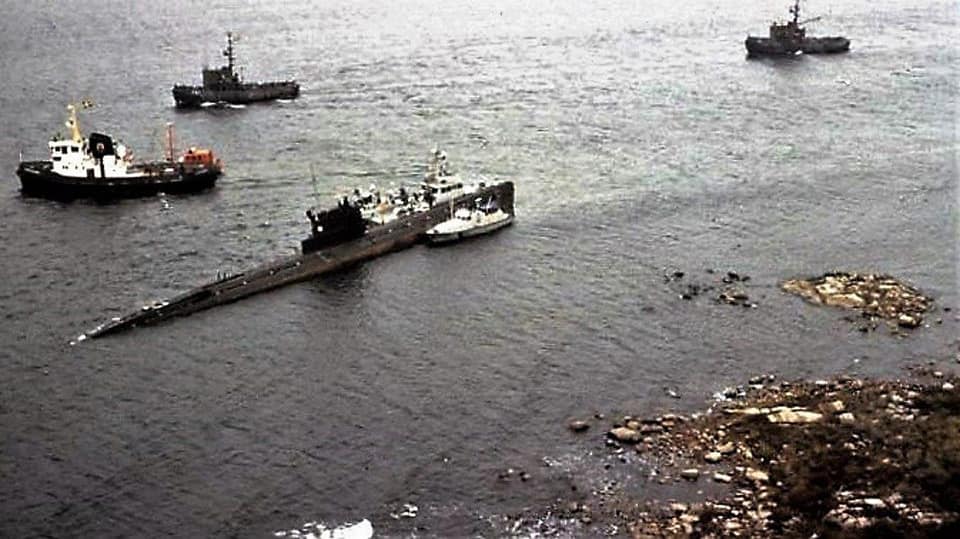
Soon, Viggen fighter jets were scrambled with anti-ship missiles and were ordered to engage any Soviet vessel that entered their territory. Coastal artillery garrisons were placed on high alert, and Sweden as a whole went radio silent. This sent a clear message that they were willing to go to war to defend their nation.
Thankfully, the Soviet leadership received the message and ordered their vessels to halt, literally half a mile away from Swedish waters. In other words, the Swedes made the USSR blink first and stand down. Cooler heads prevailed, and the situation calmed down, even though at one point Swedish warplanes did get a missile lock on at least one Soviet vessel. Some Swedish submarines surfaced near other Soviet ships, effectively trolling them.
Aftermath
The S-363 eventually returned to the USSR, and most in the West don’t even know about this incident. But to the Swedish people, it’s a significant part of their history.






